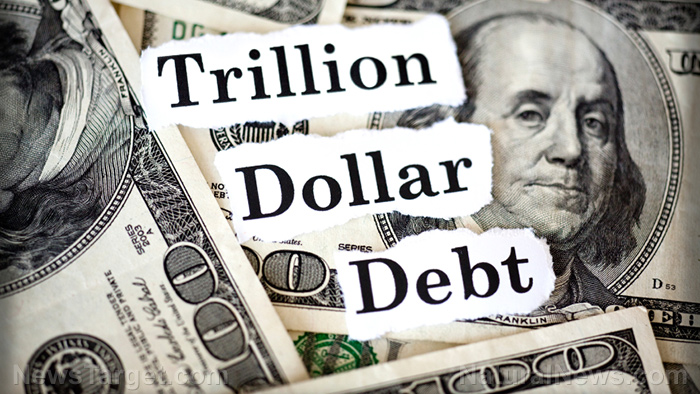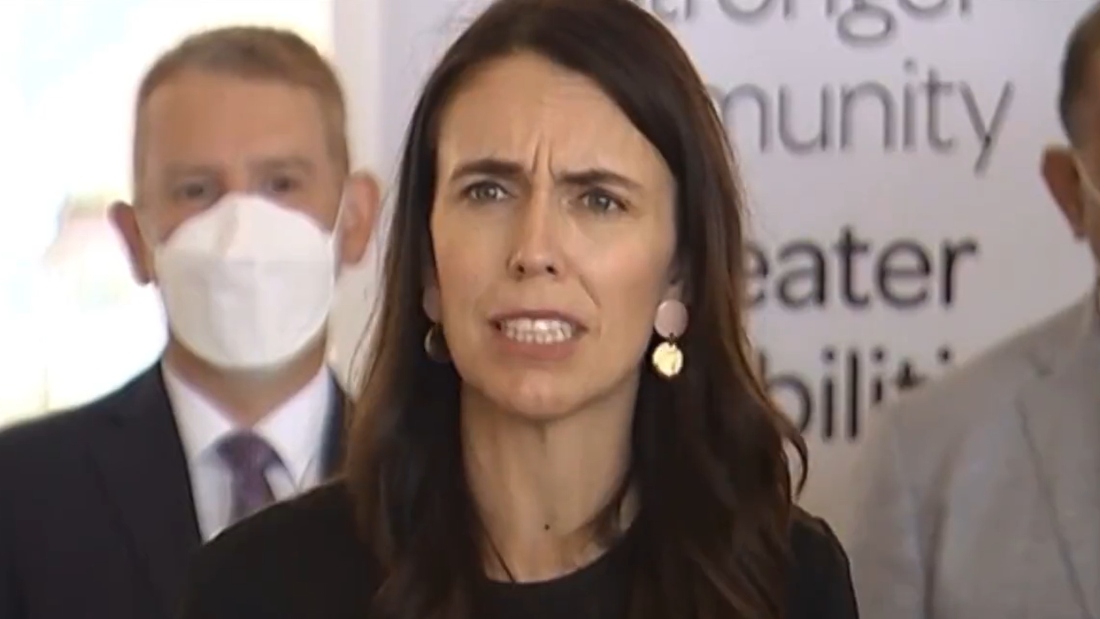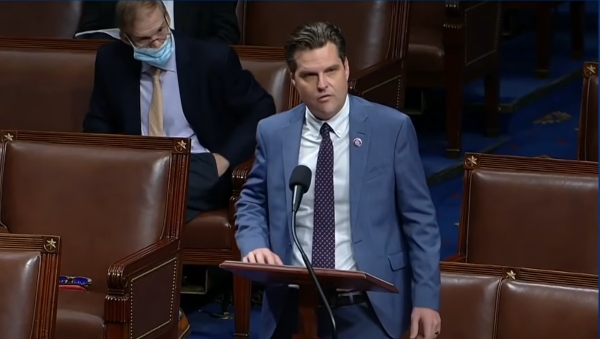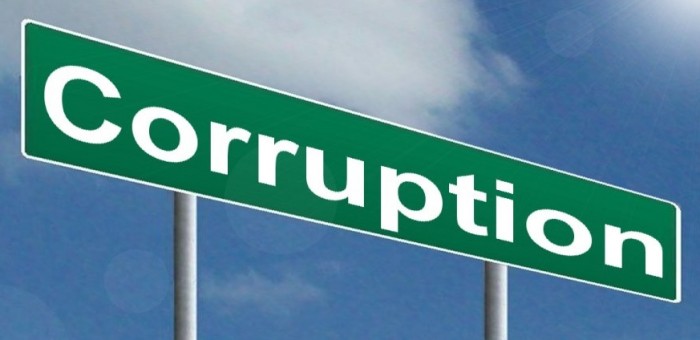Economists: Over $31 trillion national debt could lead to slow-moving economic demise
12/29/2022 / By Belle Carter

The Department of the Treasury announced in October that the national debt blew past $31 trillion.
Analysts say this is due to years of fiscal splurging and heightened by the Wuhan coronavirus (COVID-19) pandemic. Some economists are worried that it could lead to a slow-moving economic demise. (Related: US national debt hits $31 TRILLION for the first time.)
“This is totally uncharted territory. These are debt levels that have not been seen before. This is going to exceed even Japan’s debt, which is the largest debt as a share of the economy in the entire industrialized world,” Brian Riedl, a senior fellow at the Manhattan Institute, told the Washington Examiner.
The news outlet reported that the U.S. debt-to-GDP ratio has ballooned to the highest levels since the end of World War II. As per the treasury office, the 2022 annual deficit is $1.38 trillion.
Meanwhile, President Joe Biden earlier praised his administration for slowing the rate at which the government accumulates new debt.
“You know, Republicans talk about being fiscally responsible,” Biden said in September. “Last year, I reduced the deficit by $350 billion. Do you know how much this year, not counting the Medicaid changes? One trillion seven hundred billion dollars. So, I don’t want to hear it from Republicans about fiscal responsibility.”
However, the Congressional Budget Office warned about the mounting debt load in an earlier report, saying that investors could lose confidence in the government’s ability to repay what it owes. Those worries, the budget office said, could cause “interest rates to increase abruptly and inflation to spiral upward.”
But the Federal Reserve, which slashed rates to near zero during the pandemic, has begun raising the interest rate to “tame inflation.” In mid-December, the central bank raised its key interest rate for the seventh time this year by half point.
“This is its highest level in 15 years. Though lower than its previous three-quarter-point hikes, the latest move will further increase the costs of many consumer and business loans and the risk of a recession,” the Associated Press reported.
Mounting national debt threatens economy
Ryan King of the Washington Examiner, cited some of the ramifications economists believe the U.S. could face due to the mounting national debt.
Although economists generally see defaulting on the debt as unlikely due to the U.S. control of the dollar and its ability to borrow from its own currency, the nation could simply stop meeting its debt obligations at some point in the future if the debt becomes out of control.
“Investors could get spooked from injecting capital into U.S. businesses, and interest rates would very likely soar on the debt. This would mean inflation and a recession or depression,” he said, adding that the Biden administration may no longer be able to lean on deficit spending due to a more difficult landscape for borrowing amid blemished credit.
“There’s no reason for us to default because we can always print more money, so I think the bigger risk is high levels of inflation,” said Maya MacGuineas, the president of the bipartisan Committee for a Responsible Federal Budget.
Faced between inflation and default, King said the government could opt for a third option of making dramatic cuts to the federal budget or massive tax hikes, which risk damaging the economy. Much of the government spending in the future is projected to be entitlement programs such as Social Security and Medicare, both of which are heading toward insolvency.
With these, future economic crises can crop up out of nowhere.
The most likely consequence of the soaring national debt is a slow decline in the economy over time. “There’s no one number that when you hit that, you’re at the point of no return. It’s just more of a huge ecosystem with lots of variables affecting it,” MacGuineas said.
Visit GovernmentDebt.news for more news related to the rising debt of the United States.
Watch Senator Rand Paul say that the greatest risk to national security is the federal debt.
This video is from the Red Voice Media channel on Brighteon.com.
More related stories:
US will default on national debt by October, warns Treasury secretary.
Fed data: Household debt just increased at fastest pace in 15 years.
America’s true national debt is around $135 trillion, not the $27 trillion we are being told.
Sources include:
Submit a correction >>
Tagged Under:
big government, bubble, currency crash, debt bomb, debt collapse, deficit spending, dollar demise, economic collapse, fed, federal debt, government debt, Inflation, interest rates hike, money supply, national debt, recession, risk, tax hikes
This article may contain statements that reflect the opinion of the author
RECENT NEWS & ARTICLES
COPYRIGHT © 2017 PENSIONS NEWS




















